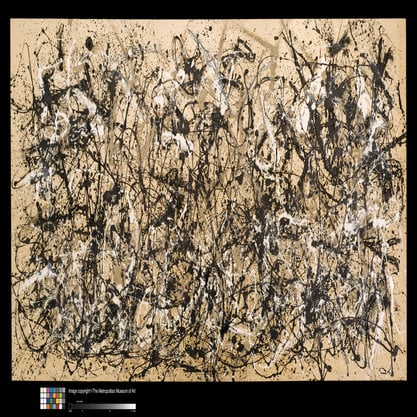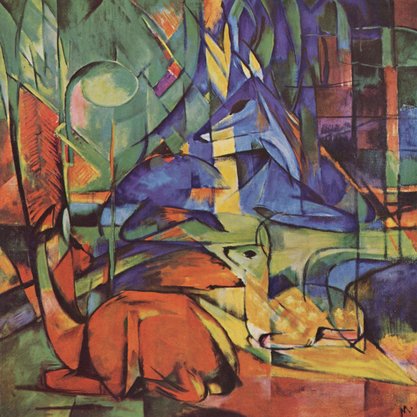Article
Kline, Franz (1910–1962) By Thyssen, Esther T.
Article
A prominent member of the Abstract Expressionists, Franz Kline was born in Wilkes-Barre, Pennsylvania. In high school he drew cartoons and, after attending Boston University, studied at the Art Students League in New York and the Heatherly Art School in London. Kline became a regular at the Cedar Tavern, and for most of the 1940s painted urban and industrial spaces with boldly drawn architectural elements. These paintings later developed into the signature black and white canvases for which he is best known. The bold swaths of black pigment relate to one another as steel beams and bridge spans might, while the interstitial gaps are thickly painted and blended along the edges of directional motifs eliminating any illusion of depth, as in Painting Number 2 (1954) at the Museum of Modern Art. Kline’s canvases, canonized as “action painting” by Harold Rosenberg, were harbingers of individualism and vitality in American art exhibitions sent abroad during the Cold War. Kline died suddenly in 1962 just as color begun to reappear in his palette. His blustery abstractions inspired a large following, including Brice Marden, the sculptor Mark di Suvero and photographer Aaron Siskind.




